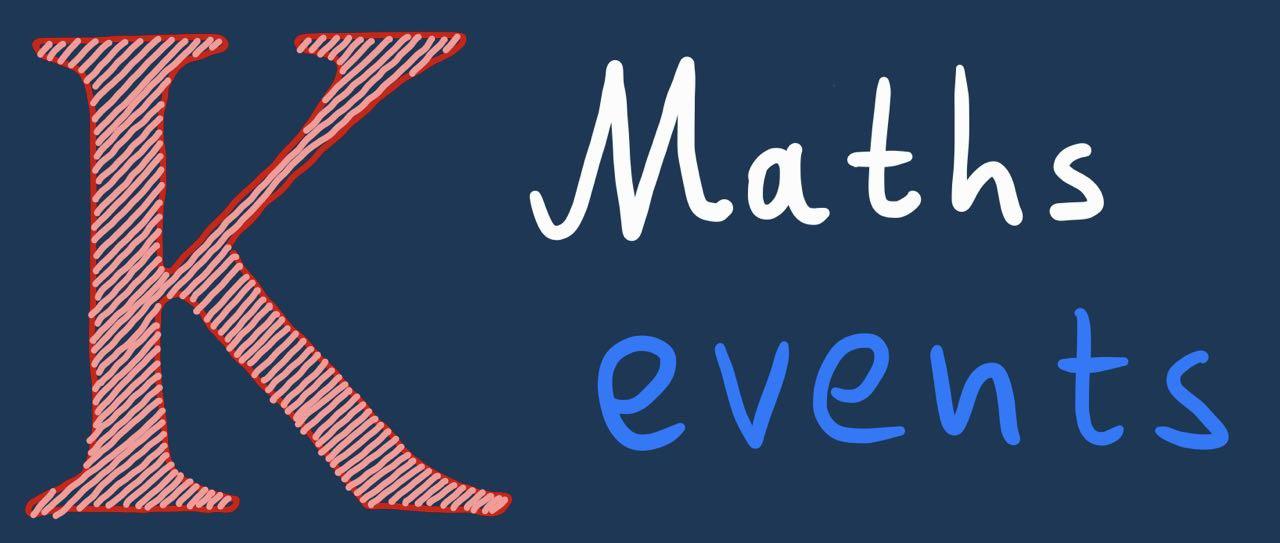KCL, Strand
room: S3.31
abstract: In recent years, great efforts have been devoted to the study of the vibrational spectrum of glasses [1]. Extensive numerical data show that the density of states of several different glassy models follows a quartic law at low frequencies, with related modes spatially quasi-localised. These observations are consistent with predictions of pre-existing phenomenological theories, like the soft potential model [2], in which a glass is effectively represented as a set of interacting anharmonic oscillators.
In this presentation we discuss the theory of spin glasses as a first-principle theory for glassy excitations. We consider spin glass models with vector unit spins, both in the mean field case and in the diluted case, with and without the action of a random external field at zero temperature. In the mean field case, the Hessian of the energy function is an instance of the Deformed Wigner ensemble [3], with gapless spectra extending down to zero energy. Matrices of this ensemble can feature density of states with power-law lower tails and localized eigenvectors at the edges of the spectrum: we found that in the passage from a stable to a marginally stable phase, the system undergoes a delocalization transition in its softest modes [4, 5].In the diluted case, we considered a random regular graph as underlying interaction network. We find by means of numerical simulations that the density of states follows the quartic law, as observed in finite-dimensional glasses. The related modes are localized, but can feature non-trivial topological patterns, such as modes made of localization cores scattered far-apart from each other. Lacking a theoretical argument that establishes a connection between the properties of low energy excitations and the emergence of marginal stability, we study numerically the topological properties of soft modes against the onset of the spin glass transition in a field [6].
[1] E Lerner and E Bouchbinder. J. Chem. Phys. 155.20, 200901 (2021).
[2] VL Gurevich, DA Parshin and HR Schober. Phys. Rev. B 67.9, 094293 (2003).
[3] JO Lee and K Schnelli. Probab. Theory Relat. Fields 164.1-2, 165 (2016).
[4] S Franz, F Nicoletti, G Parisi, F Ricci-Tersenghi. SciPost Physics 12.1, 016 (2022).
[5] S Franz, F Nicoletti and F Ricci-Tersenghi. J. Stat. Mech. Theory Exp. 2022.5, 053302 (2022).
[6] F Nicoletti. “Low energy excitations of vector spin glasses”, PhD Thesis. Link: https://theses.hal.sci ence/tel-04144692. Keywords: spin glasses, density of states
| 